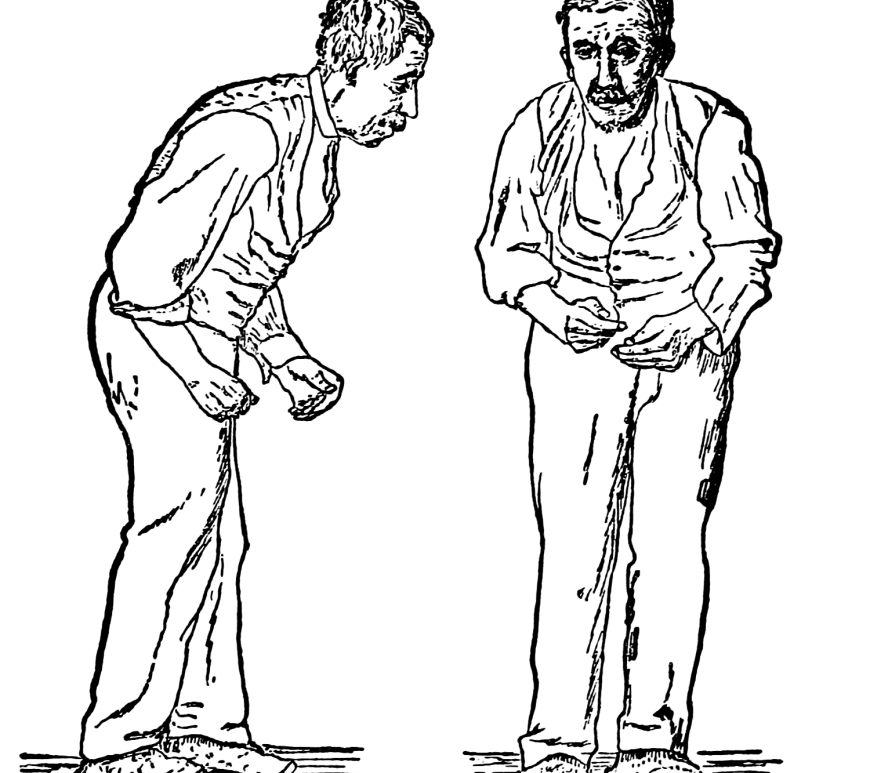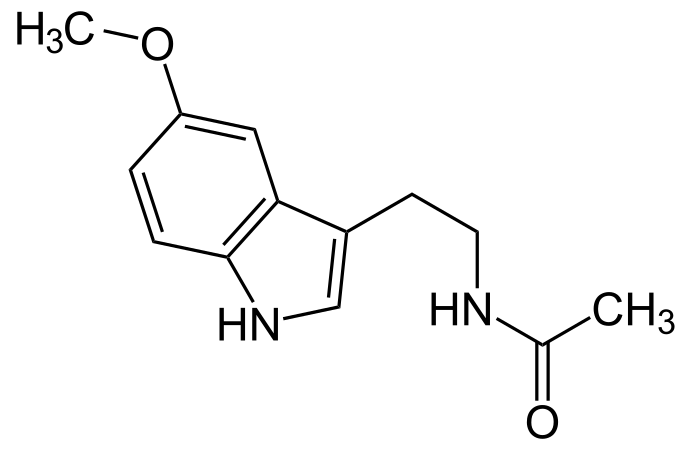
Uncovering a Novel Biomarker For The Identification of Parkinson’s-Related Diseases
Author: Sean Krivitsky, Class of 2026 Parkinson’s disease is a severe neurodegenerative disorder most commonly occurring in late adulthood. It is primarily characterized by motor dysfunctions such as uncontrollable tremors and stiffness. Since there is no conclusive test for diagnosis of the disorder, neurologists rely on a comprehensive evaluation system, combining symptoms and physical assessments to gauge the likelihood that an individual has Parkinson’s. A … Continue reading Uncovering a Novel Biomarker For The Identification of Parkinson’s-Related Diseases











